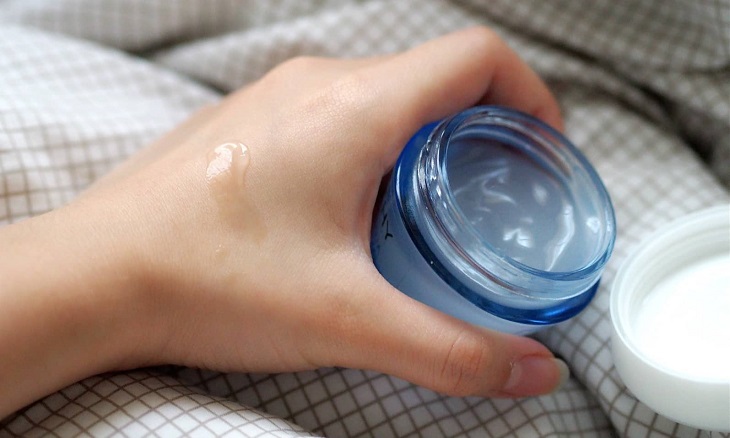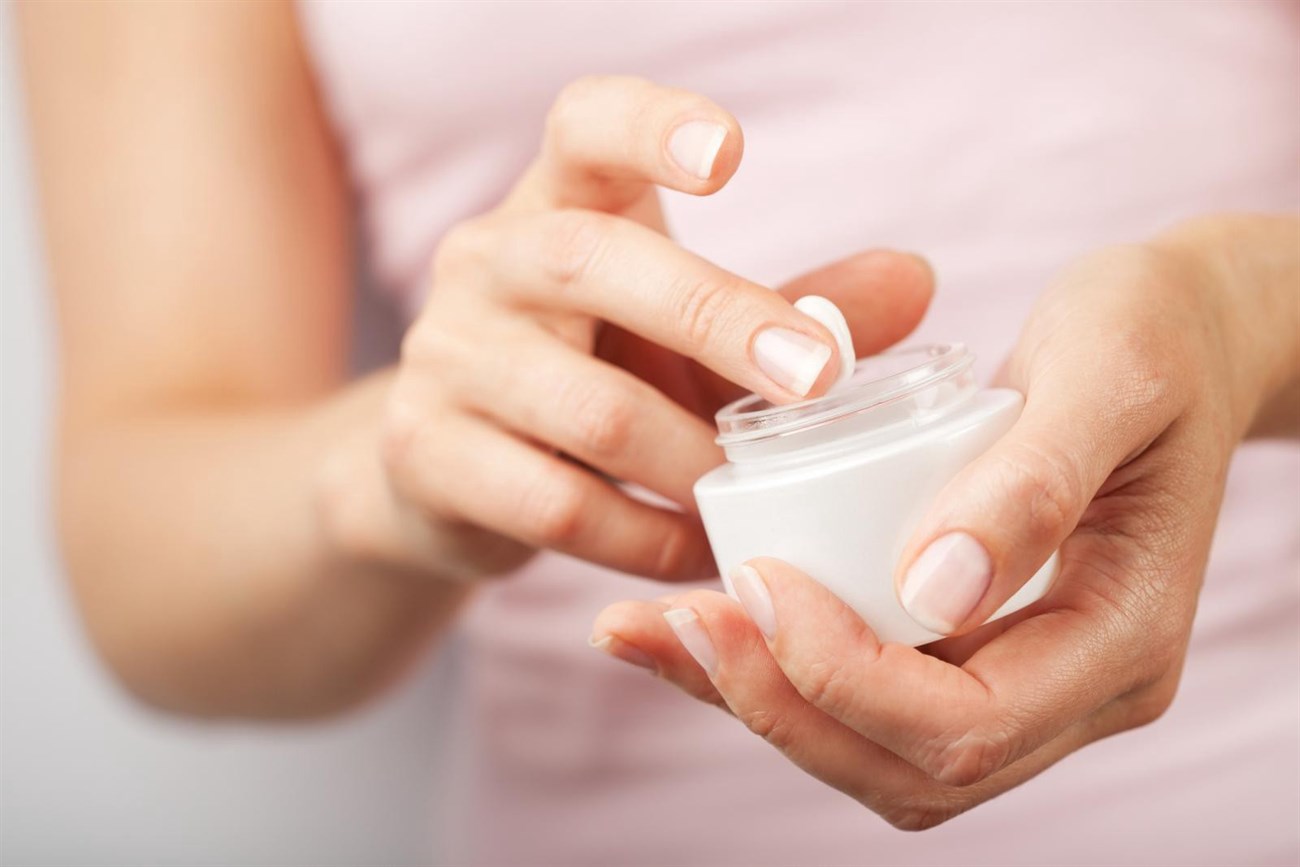Importance of Moisturizing the Skin in the Summer
The summer season can cause alarmingly dehydrated skin, especially when spending a lot of time indoors with air conditioning. This can lead to dry, scaly skin and even the appearance of wrinkles. To combat these issues and prevent premature aging, it is important to prioritize moisturizing the skin. Additionally, summer skin tends to be more sensitive, so choosing the right moisturizer is crucial.

Using Summer Moisturizer Effectively
Here are some tips for using moisturizer during the summer:
Choose the Right Moisturizer for Each Skin Area
Different areas of the face have different characteristics and require separate care. For example, the skin around the eyes and lips, as well as the forehead, may need a specialized moisturizer.
Choose the Right Product for Your Skin Type
It is important to choose a moisturizer that suits your specific skin type. Different skin types have different needs:
- Oily skin: Use natural and oil-free plant-based lotions.
- Dry skin: Opt for moisturizers containing fats or milk, and consider using a serum for added moisture and anti-aging benefits.
- Combination skin: Use non-comedogenic moisturizers, particularly avoiding oil-based creams.
- Sensitive skin: Look for gentle moisturizers with ingredients like chamomile or aloe, and avoid products with Alpha Hydroxy Acids (AHAs).
- Acne-prone skin: Avoid creams with AHA, retinol, salicylic acid, and fragrances.
Pay Attention to How Often You Apply Moisturizer
Apply moisturizer twice a day – once before bed and once in the morning after waking up. It is best to apply moisturizer after cleansing and before applying sunscreen.

Apply Moisturizer While Skin Is Still Damp
To ensure optimal absorption, apply moisturizer while the skin is still damp. This helps lock in moisture and prevent water loss. Avoid letting the skin become dry and flaky before moisturizing.

Use the Right Amount of Moisturizer
Applying the right amount of moisturizer is key. Avoid using too much cream, as the skin can only absorb the necessary nutrients. Excess cream can clog pores, lead to bacterial damage, and cause waste.
Combine Moisturizer with Sunscreen
For comprehensive skin care, combine moisturizer with sunscreen. Choose a moisturizer with SPF 15 or higher.

Avoid Ingredients with Color and Fragrance
Avoid unnecessary and potentially irritating ingredients, such as colorants or fragrances. Opt for creams with natural ingredients instead.

Prefer Thin Lotion Moisturizers
In the hot season, choose thin lotions that can be quickly absorbed, soften the skin, and leave no greasy residue. Look for moisturizing products specifically designed for summer or fragrance-free options.

Deep Clean the Skin Before Applying Moisturizer
Ensure the moisturizer is absorbed evenly by cleaning the skin beforehand. Wash your face, dry it with a soft towel, and use toner if desired. Take a small amount of cream onto your palm, warm it up by rubbing your palms together, and apply it gently and evenly to aid nutrient absorption.

Avoid Irritating Ingredients
For dry or sensitive skin, avoid ingredients like AHAs, glycolic acid, retinoic acid, and salicylic acid, as they can penetrate deep into the skin and cause irritation.

Do Not Apply Makeup Immediately After Moisturizing
Allow time for the moisturizer to fully absorb into the skin before applying makeup. This ensures better absorption and smoother makeup application.

Steps to Apply Moisturizer
To apply moisturizer effectively, follow these steps:
Step 1: Thoroughly clean your face and hands.

Step 2: Take a pea-sized amount of cream on your fingertips and rub it to warm it up.

Step 3: Pat and spread the cream evenly onto the skin, massaging from the bridge of the nose to the corners of the eyes.

Above is a guide to properly using moisturizer for the skin during the summer. We wish you success in your skincare routine!



































